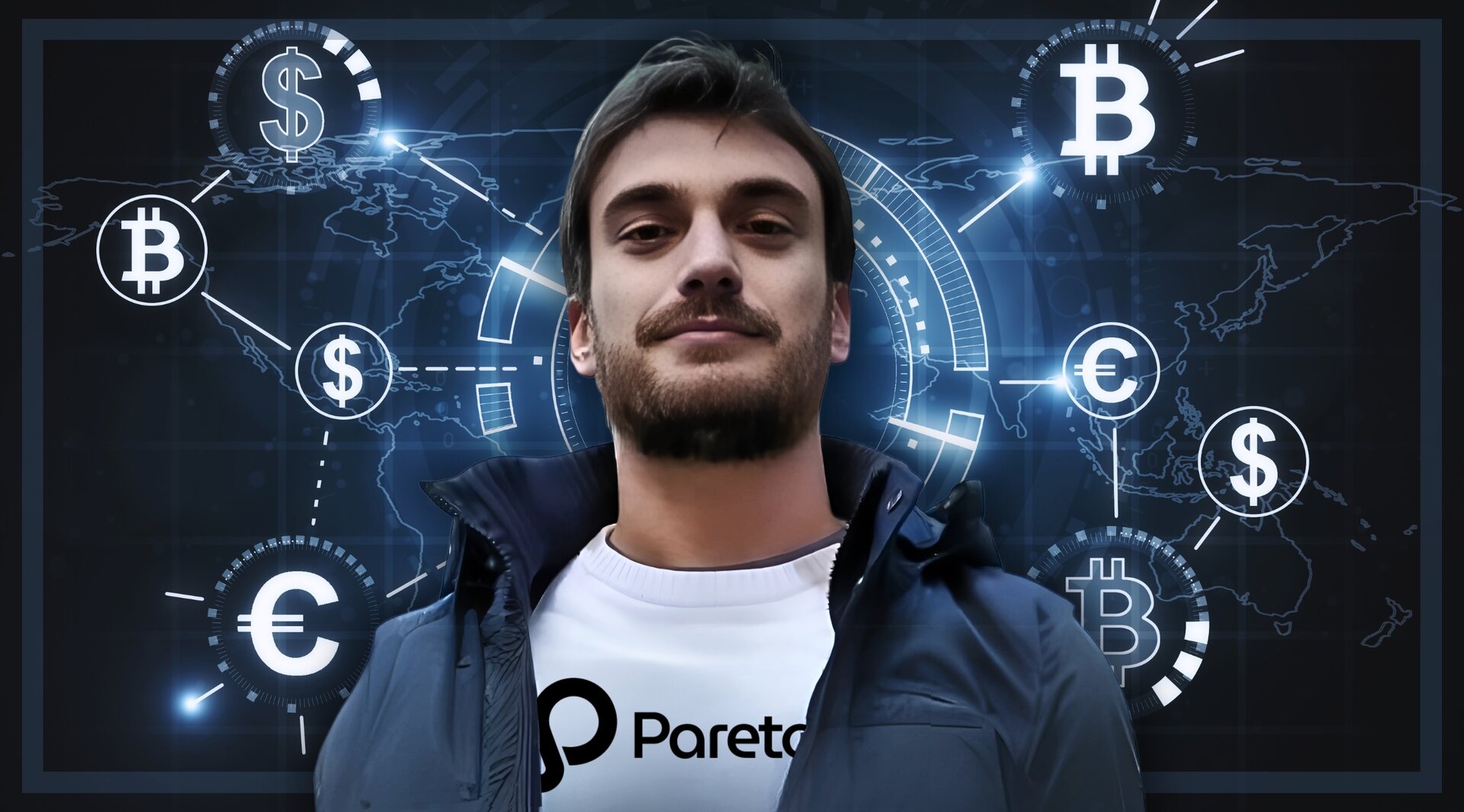One of the most notable trends in the stock market this year is the massive surge in the stock prices of companies engaged in artificial intelligence (AI). These companies have seen their market valuations soar as investors recognise their potential to transform various industries and sectors. In the case of Palantir Technologies – one of the most widely discussed companies in the AI space – the increase in market valuation has been phenomenal. Its market cap has increased from $13 billion at the start of the year to $39 billion currently, handing bulls a mouth-watering 300% return – 15 times the S&P 500 .
Investors who rode Palantir’s explosive rally have done remarkably well. However, after such a spectacular winning streak, investors may still be wondering whether there’s any value left in the stock as we head into 2024. The lofty market valuations of AI companies like Palantir reflect their ability to innovate and create value in a rapidly changing world. But they also reflect a growing number of risks, including the most dangerous risk of all – the risk of a bubble.
One of the most influential thinkers in finance, George Soros, has a unique perspective on bubbles that is relevant for investors who are betting on the continued rise of AI-related stocks He notes that: “Every bubble has two components: an underlying trend that prevails in reality and a misconception relating to that trend.”
In the case of AI, the reality is that demand for AI applications will continue to grow as the technology gets more advanced and adoption accelerates. The misconception, however, is that all AI companies will be able to profitably capture this growth and unlock shareholder value. This is where the bull case for Palantir starts getting shaky.
Palantir is one of the Street’s AI favorites this year with a 179% YTD return. The company is exhibiting multiple signs of acceleration heading into 2024 with an improved fundamental backdrop driven by increasing AI demand. Palantir’s Artificial Intelligence Platform (AIP) is…
— AI Updates (@PalantirUpdates) December 17, 2023
Signs Of A Bubble
The signs of a bubble are not hard to miss if you know the right data points to examine. A great starting point is looking at stock valuation metrics such as price-to-earnings (PE) ratio and price-to-sales (PS) ratio. These metrics often give deeper insights into whether or not a stock is in bubble territory.
Palantir has an insanely high P/E of 264, according to data on stock market analysts tool Seeking Alpha. This high P/E is largely because it has negative levels of profitability. Its net income of $154 million for the trailing twelve months (ttm) was the result of a one-off event. Interest and investment income increased from $20.3 million in the period ended Dec 2022 to $100 million in the ttm amid higher interest rates for savers. Otherwise, the company has lost money for the past five consecutive years. Its cumulative losses from prior years have led the company to a situation where it has a total deficit of $5.74 billion.
The challenge with Palantir is that its current financial shape does not really reflect the fundamentals of a business that is taking off, even though its stock price action seems to suggest precisely this. Its revenue for the ttm is $2.12 billion compared with $1.9 billion in 2022, $1.54 billion in 2021 and $1.09 billion in 2020. This growth, while impressive, doesn’t seem to warrant a threefold rise in market cap. The stock is valued at a P/S of 17 vs a sector median of 2.9.
Combined with the enthusiasm around AI, evident in some of the high-profile funding rounds, there are clear signs of a bubble.
— #DisruptionBanking (@DisruptionBank) December 19, 2023
The larger that bubble grows, the more the transfer of wealth in venture capital becomes a net-negative for the majority.https://t.co/aVb7YwR6Eh.
Hype Outpacing Reality
Palantir specialises in big data analytics. The company is known for three projects in particular: Palantir Gotham, Palantir Apollo, and Palantir Foundry. Palantir Gotham is used by counter-terrorism analysts at offices in the United States Intelligence Community (USIC) and United States Department of Defense1. Palantir Apollo is the operating system for continuous delivery and deployment across all environments. Palantir Foundry is used by corporate clients such as Morgan Stanley, Merck, and Fiat Chrysler Automobiles.
Palantir’s main selling point is that it can handle highly sensitive AI workstreams, thanks to its extensive experience with classified networks. The company’s biggest customers are the US government and the governments of other allied countries.
It has only just started commercially rolling out its latest AI tool – the Artificial Intelligence Platform – to capitalize on the new demand for AI applications by enterprises. The company’s CEO, Alex Karp, revealed in May that they had not decided on how to price their AI products yet. He said: “We’re going to get hundreds of customers and we will price it as we go. One of the things we’ve seen over and over again is, when you’re ahead of the market, you need to take territory.”
Without clear information on pricing, market reception, sales volume, and margins, it’s difficult for investors to justify paying 17 times sales for the stock today, especially given that it has a long history of losses. Also, with the AI market getting increasingly crowded and competitive on the supply end, there are concerns that margins could fail to expand.
Dangerous Trap
The risk to this bearish thesis is that, even though valuations seem disconnected from reality, Palantir could stay elevated and even rise higher in 2024. This is largely because of increased expectations that the Federal Reserve will pivot from its hawkish stance and cut interest rates amid lower inflation. Lower rates tend to be constructive for tech stocks.
U.S. equities edged higher at midday on Friday, Dec. 15, 2023 as tech and solar stocks surged following indications from the Fed that it will cut interest rates next year. https://t.co/dMJmcwSPcR
— Investopedia (@Investopedia) December 15, 2023
That said, over the long-term, investors who increase exposure to Palantir at current prices are likely to do poorly. The company still has no clear path to profitability and there is still limited data to confidently assess how its new AI tools will perform in an increasingly competitive AI market. Its outrageously high valuation metrics suggest that the stock price has gotten ahead of itself and is due for a correction.
Investors need to beware of the soaring valuations of companies that are betting on AI as the next frontier of growth. AI has indeed shown great promise and potential, but it also faces many challenges and uncertainties, including potential regulatory headwinds in some markets. Investors should be aware of the risks and opportunities that come with this emerging technology, and not blindly follow the herd. Bubbles can be powerful drivers of change, but they can also be dangerous traps for the unwary.
Author: Acutel
We are global investors who invest in good companies at fair valuation and speculate on all else subject to the risk exposure we can afford.
The editorial team at #DisruptionBanking has taken all precautions to ensure that no persons or organisations have been adversely affected or offered any sort of financial advice in this article. This article is most definitely not financial advice.















